Caregiver's Corner (Blog) is your no-fluff guide to the messy, sacred, everyday work of caring for someone else. Each post covers practical tips, product picks, and real-world advice for at-home caregivers—especially the ones who never got any training. Backed by The Unmedical Manual, these are affiliate-supported resources designed to make hard days a little easier, one smart tool at a time.

How to Move Someone Without Breaking Yourself
Moving someone safely isn’t about muscle — it’s about technique. Learn caregiver-approved transfer tips and tools to protect your spine and your loved one.

The Grief No One Warns Caregivers About
Grieving someone who’s still alive is called ambiguous loss. Caregivers live this reality daily — mourning pieces of the person they love while still showing up to care. Here’s how to face the grief no one warns you about.

The Loneliness of Caregiving: Why “Being Understood” Feels Impossible
Caregiving is lonely in ways most people can’t imagine. Friends drift away, the world shrinks, and even simple questions like “How are you?” become walls instead of bridges. This raw, practical guide explores the pain of being misunderstood — and offers real tools to soften the loneliness and find safe spaces where caregivers can truly connect.

The Mess: How to Clean Up Poop, Blood, and Vomit Without Losing Your Mind
Caregiving isn’t clean or easy — sometimes it’s downright disgusting. Poop, blood, vomit: they always strike at 2AM when you’re exhausted. Here’s the unfiltered caregiver guide with mindset shifts, survival hacks, and the one tool you should build before disaster hits — the Disaster Box.

America’s Real Healthcare Shortage: Time, Hands, and Know-How at Home
America’s healthcare shortage isn’t just nurses and doctors — it’s the time, hands, and know-how missing in everyday homes. This essay explores why families are stepping up, the risks they face, and how simple skills can transform home care into something safer, saner, and more dignified.
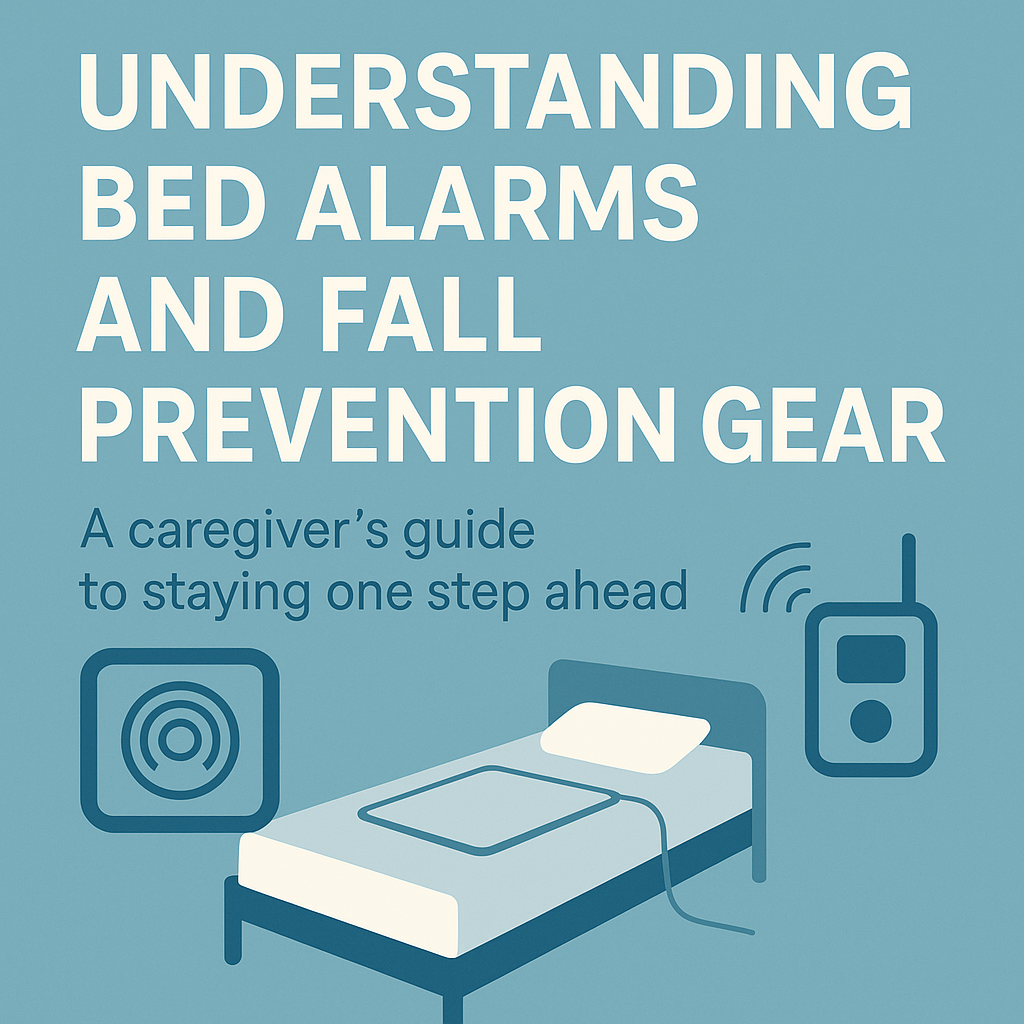
Understanding Bed Alarms and Fall Prevention Gear
Bed alarms and fall prevention gear give caregivers peace of mind and loved ones an extra layer of safety. Learn how to choose the right system and use it effectively at home.

🚽 7 Essential Tips for Foley & SPT Care Made Simple | The Unmedical Caregiver’s Guide
Unmedical bridges medical professionals and family caregivers. Our mission: simplify hospital chaos, build trust with staff, and help families care with confidence — without burning out.

Hospital Playbook (Caregiver Edition): The Unmedical Guide to Surviving the System
Hospitals can feel overwhelming for families. The Hospital Playbook (Caregiver Edition) gives you practical strategies, scripts, and checklists to support your loved one, work smoothly with staff, and prepare for discharge with confidence.

Why Are They So Hard to Help?
Caring for “difficult” loved ones is draining. This guide shows caregivers practical tools, mindset shifts, and strategies to protect their peace while providing real care.
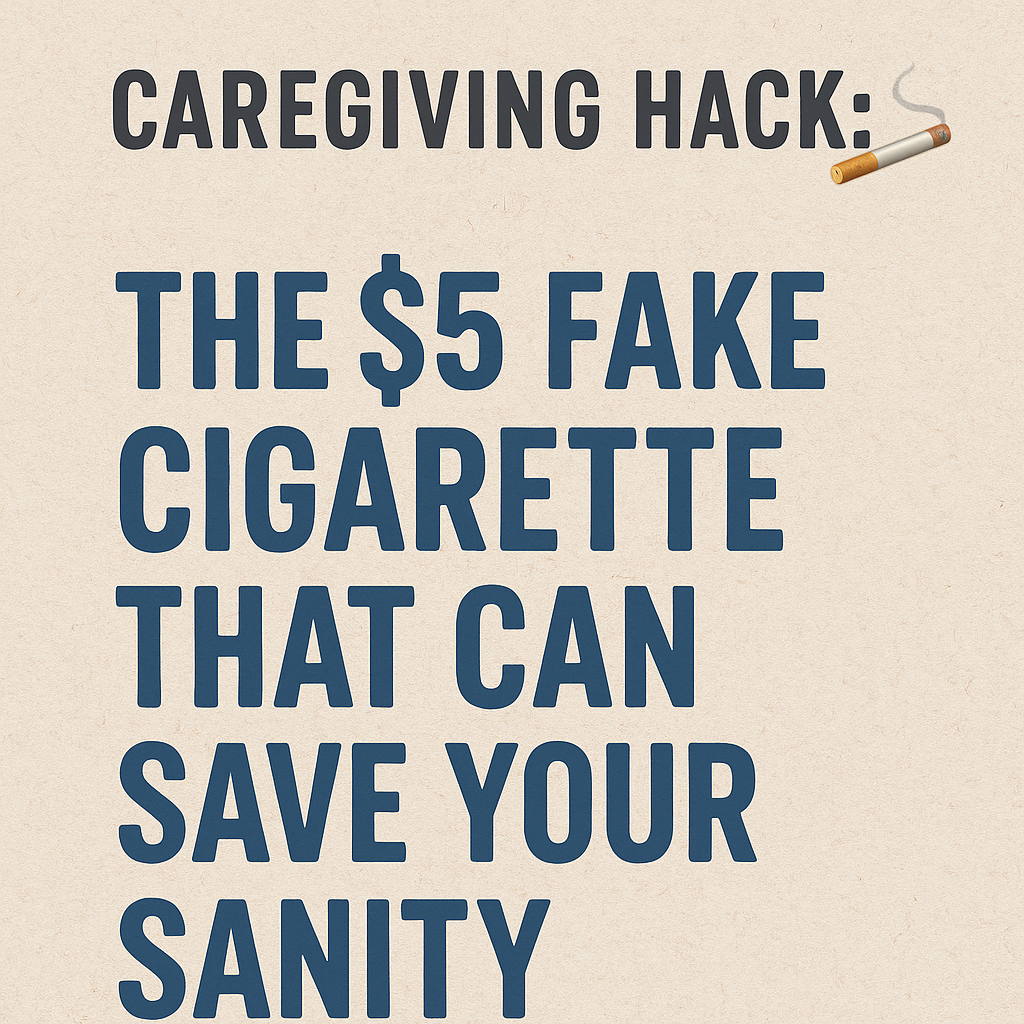
🚬 Caregiving Hack: The $5 Fake Cigarette That Can Save Your Sanity
Caregivers of smokers, discover a $5 fake cigarette hack that prevents burns, fire risks, and stress—bringing safety, healing, and peace of mind.

The Hidden Weight of Caregiver Isolation: How to Cope When Help Doesn’t Come
“Many caregivers struggle in silence with isolation, burnout, and a lack of support. Discover practical tools, unexpected lifelines, and community that can help.”
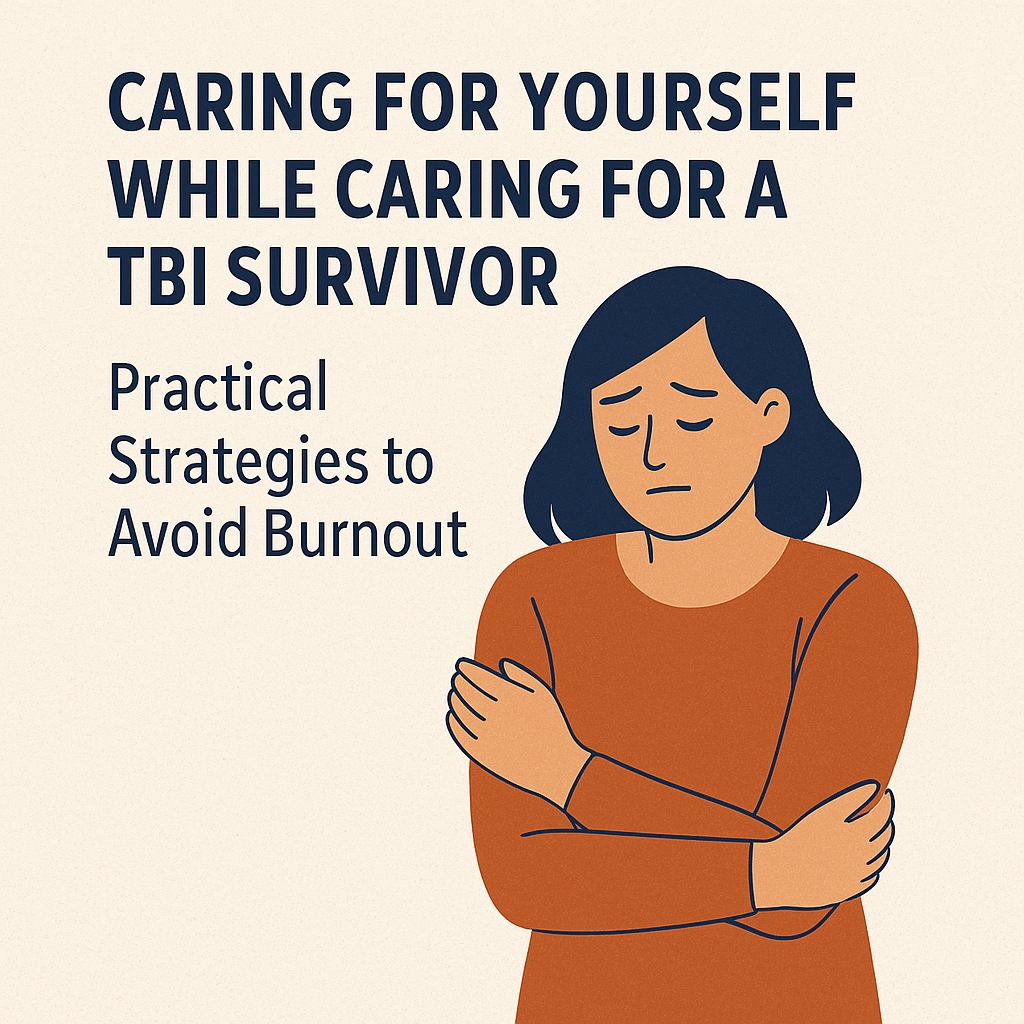
Caring for Yourself While Caring for a TBI Survivor: Practical Strategies to Avoid Burnout
Caring for a loved one with a traumatic brain injury (TBI) is deeply rewarding but also overwhelming. This guide shares practical strategies to prevent caregiver burnout—helping you protect your own well-being while supporting your loved one’s recovery.

Pain and Headache Management After Traumatic Brain Injury: What Caregivers Need to Know
“Headaches and pain are some of the most common struggles after a traumatic brain injury (TBI). This guide breaks down why they happen, how they impact daily life, and what caregivers can do to provide comfort—with simple tools, strategies, and compassion.”
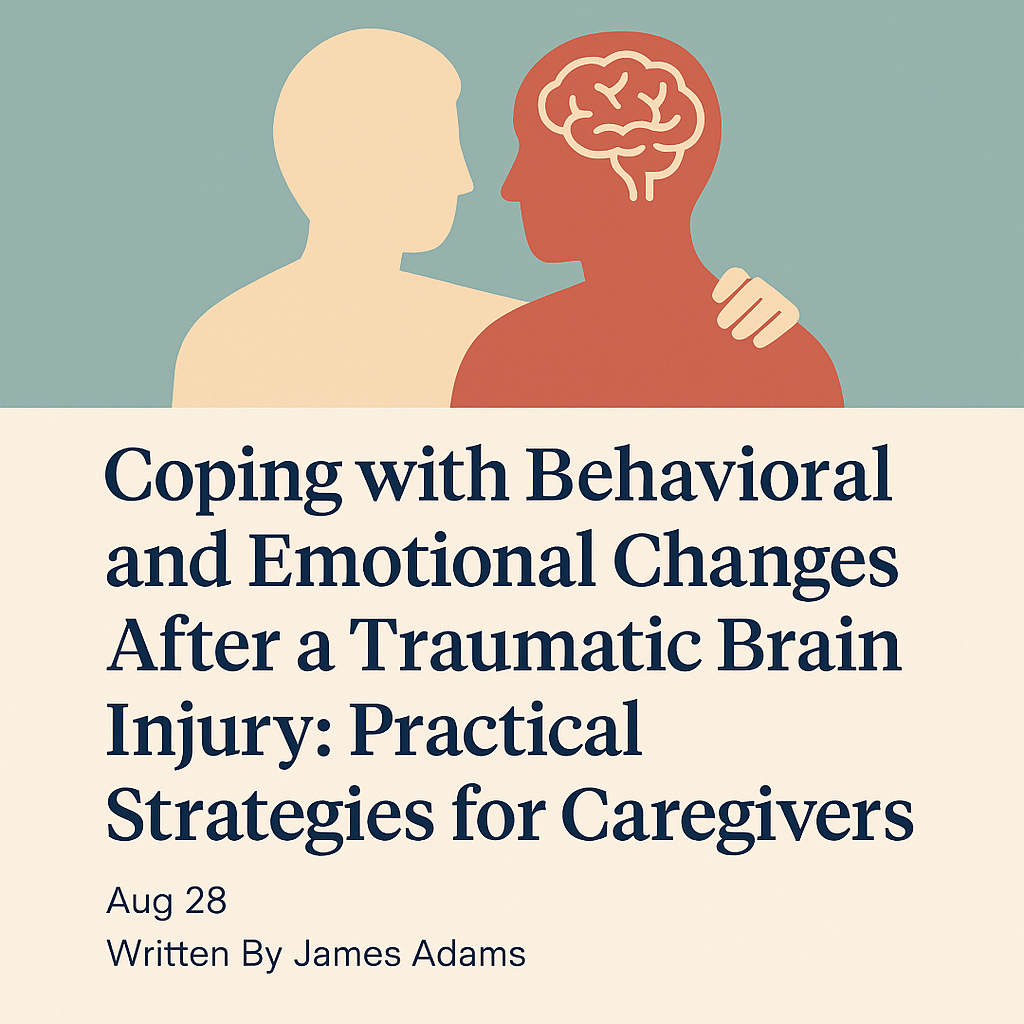
Coping with Behavioral and Emotional Changes After a Traumatic Brain Injury: Practical Strategies for Caregivers
Coping with aggression, impulsivity, and mood swings after a TBI? Discover practical caregiver strategies and calming tools that truly help.

The Best Tools and Techniques for Memory Loss After a Traumatic Brain Injury (TBI)
Memory loss after a traumatic brain injury (TBI) can feel overwhelming for both survivors and caregivers. In this guide, we share practical strategies and the best caregiver-friendly tools—like planners, reminder apps, and digital clocks—that make daily routines easier and reduce frustration.

How to Improve Sleep After a Traumatic Brain Injury: Proven Strategies That Work
“Struggling with sleep after a traumatic brain injury? Learn why TBI disrupts rest and discover proven, caregiver-friendly strategies to improve sleep quality—plus simple tools that really help.”

The Ultimate Guide to Managing Fatigue After a Traumatic Brain Injury (TBI)
“Fatigue after a traumatic brain injury (TBI) is more than just feeling tired — it can affect the body, mind, and emotions all at once. This caregiver-friendly guide explains why fatigue happens, the signs to watch for, and practical strategies to make daily life easier. Whether you’re a family member or friend stepping into the caregiver role, you’ll find helpful tips, tools, and resources to support recovery and conserve energy.”
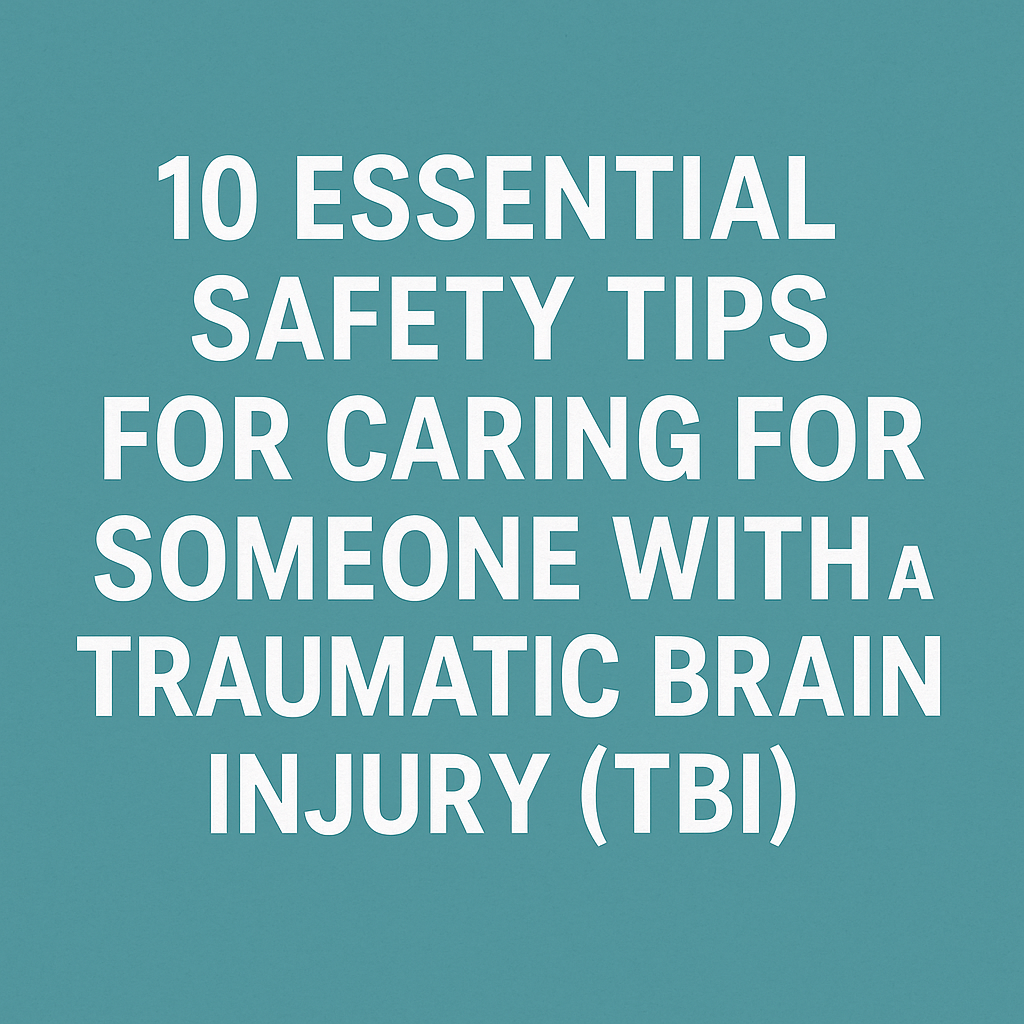
10 Essential Safety Tips for Caring for Someone with a Traumatic Brain Injury (TBI)
Caring for someone with a traumatic brain injury (TBI) can feel overwhelming—but safety doesn’t have to be complicated. Discover 10 simple, practical tips every caregiver can use at home to reduce risks, prevent falls, and bring peace of mind to daily life.
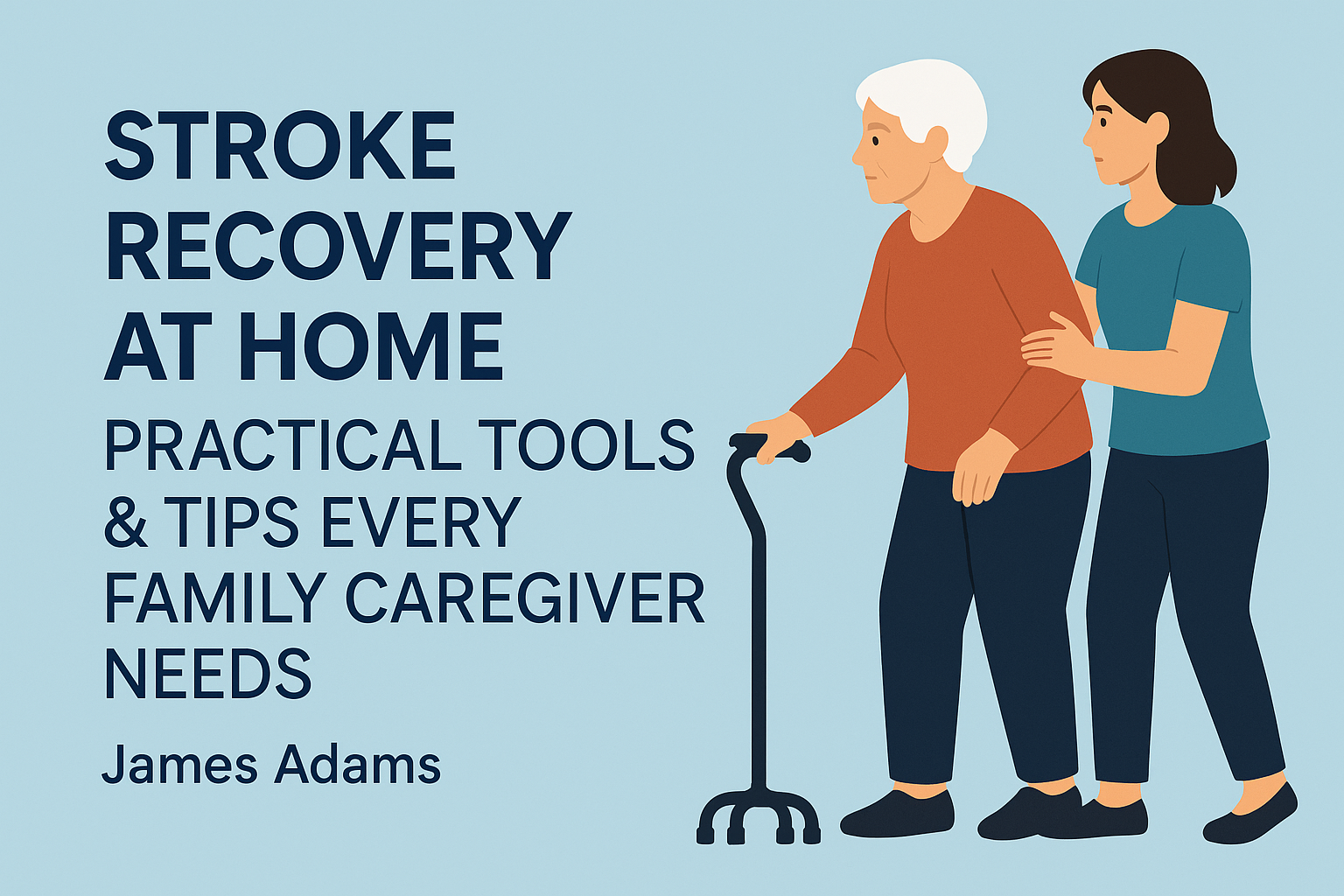
Stroke Recovery at Home: Practical Tools & Tips Every Family Caregiver Needs
Caring for a loved one after a stroke doesn’t come with an instruction manual. This guide breaks down practical tools, mobility aids, speech helpers, and caregiver hacks that make stroke recovery at home safer, smoother, and more dignified. Discover real-world tips every family caregiver needs to protect both your loved one’s independence and your own well-being.

10 Proven Ways to Help a Loved One Sleep Better with Chronic Pain (Caregiver Guide)
Discover caregiver sleep tips to help a loved one sleep with chronic pain. Ease pain and insomnia with proven routines, comfort hacks, and sleep solutions.
